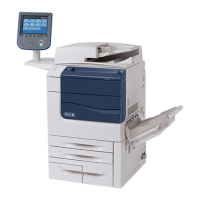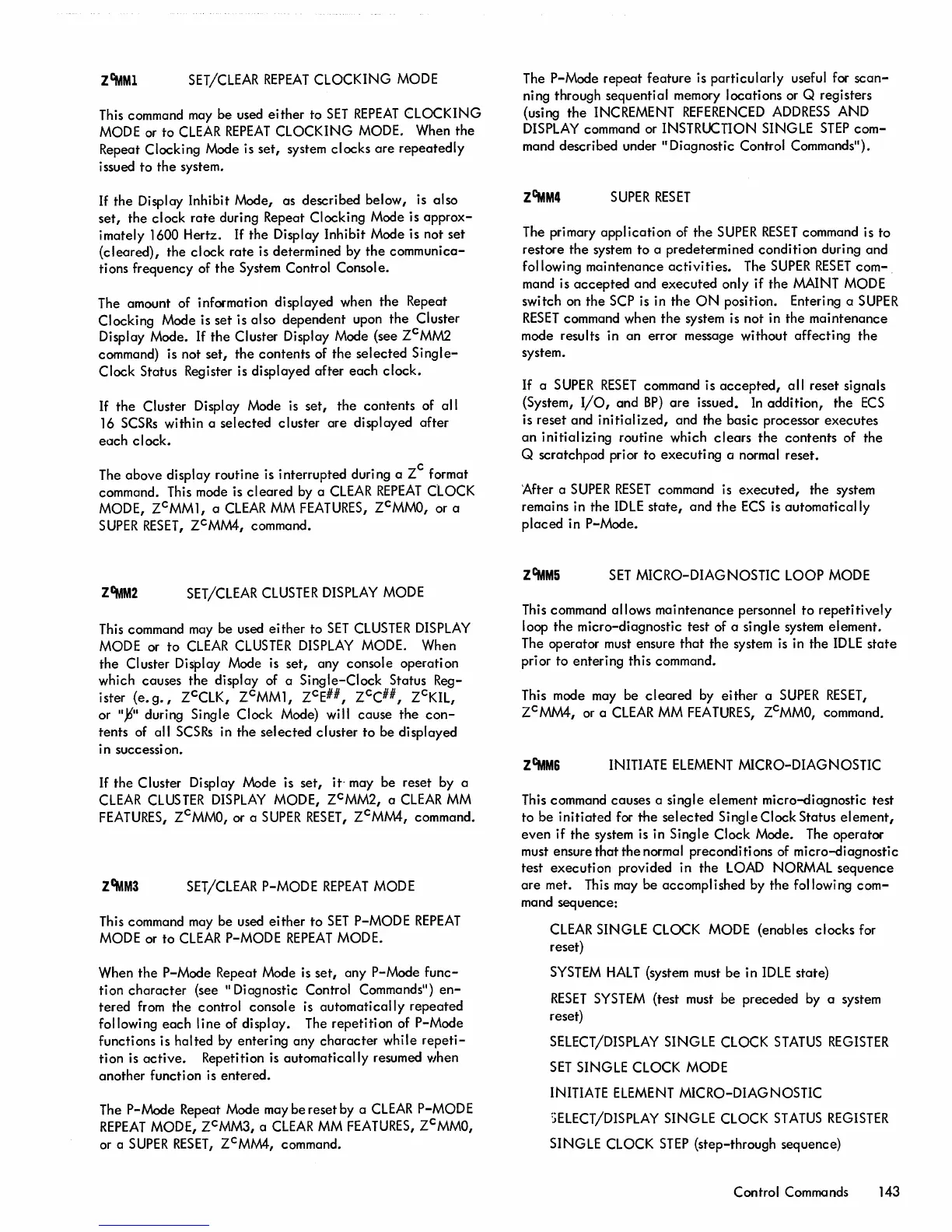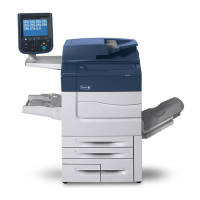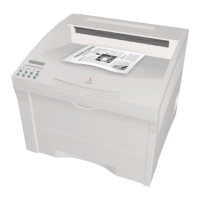Z~Ml
SET/CLEAR
REPEAT
CLOCKING
MODE
This command may
be
used
either
to
SET
REPEAT
CLOCKING
MODE or
to
CLEAR
REPEAT
CLOCKING
MODE. When
the
Repeat
Clocking
Mode is
set,
system
clocks
are
repeatedly
issued
to
the
system.
If
the
Display
Inhibit
Mode,
as
described
below,
is
also
set,
the
clock
rate
during Repeat
Clocking
Mode is
approx-
imately
1600
Hertz.
If
the
Display
Inhibit
Mode is
not
set
(cleared),
the
clock
rate
is
determined
by
the
communica-
ti ons
frequency
of
the
System Control Consol
e.
The amount of information
displayed
when
the
Repeat
Clocking
Mode is
set
is
also
dependent
upon
the
Cluster
Display Mode.
If
the
Cluster Display Mode (see Z
C
MM2
command) is not
set,
the
contents
of
the
selected
Single-
Clock
Status
Register is
displayed
after
each
clock.
If
the
Cluster Display Mode is
set,
the
contents
of
all
16
SCSRs
within
a
selected
cluster
are
displayed
after
each
clock.
The
above
display
routine
is
interrupted
during
a
ZC
format
command. This mode is
cleared
by a
CLEAR
REPEAT
CLOCK
MODE,
Z
C
MM1, a
CLEAR
MM
FEATURES,
ZCMMO, or a
SUPER
RESET,
ZCMM4, command.
Z.2
SET/CLEAR
CLUSTER
DISPLAY MODE
This command may
be
used
either
to
SET
CLUSTER
DISPLAY
MODE or
to
CLEAR
CLUSTER
DISPLAY MODE. When
the
Cluster
Display Mode is
set,
any
console
operation
which
causes
the
display
of a
Single-Clock
Status
Reg-
ister
(e.g.,
ZCCLK, Z
C
MM1, ZCE##, ZCC##, ZCKIL,
or
"~"
during
Single
Clock
Mode) will
cause
the
con-
tents
of
all
SCSRs
in
the
selected
cluster
to
be
displayed
in
succession.
If
the
Cluster
Display Mode is
set,
it- may
be
reset
by a
CLEAR
CLUSTER
DISPLAY MODE, ZCMM2, a
CLEAR
MM
FEATURES,
ZCMMO, or a
SUPER
RESET,
Z
C
MM4, command.
Z~M3
SET/CLEAR P-MODE
REPEAT
MODE
This command may
be
used
either
to
SET
P-MODE
REPEAT
MODE or
to
CLEAR
P-MODE
REPEAT
MODE.
When
the
P-Mode
Repeat Mode is
set,
any
P-Mode
func-
tion
character
(see"
Diagnostic Control Commands")
en-
tered
from
the
control
console
is
automatically
repeated
following
each
line
of
display.
The
repetition
of
P-Mode
functions
is
halted
by
entering
any
character
while
repeti-
tion
is
active.
Repetition is
automatically
resumed
when
another
function
is
entered.
The P-Mocle Repeat Mode may
be
reset
by a
CLEAR
P-MODE
REPEAT
MODE, ZCMM3, a
CLEAR
MM
FEATURES,
ZCMMO,
or a
SUPER
RESET,
ZCMM4, command.
The
P-Mode
repeat
feature
is
particularly
useful for
scan-
ning through
sequential
memory
locations
or Q
registers
(using
the
INCREMENT
REFERENCED
ADDRESS
AND
DISPLAY command or INSTRUCTION SINGLE
STEP
com-
mand
described
under
"Diagnostic
Control Commands").
Z~M4
SUPER
RESET
The primary
application
of
the
SUPER
RESET
command is
to
restore
the
system
to
a
predetermined
condition
during
and
following
maintenance
activities.
The
SUPER
RESET
com-_
mand is
accepted
and
executed
only
if
the
MAINT MODE
switch
on
the
SCP is in
the
ON
position.
Entering a
SUPER
RESET
command when
the
system is
not
in
the
maintenance
mode results in
an
error
message
without
affecting
the
system.
If
a
SUPER
RESET
command is
accepted,
all
reset
signals
(System,
I/O,
and
BP)
are
issued.
In
addition,
the
ECS
is
reset
and
initialized,
and
the
basic
processor
executes
an
initializing
routine
which
clears
the
contents
of
the
Q
scratchpad
prior
to
executing
a normal
reset.
'After a
SUPER
RESET
command is
executed,
the
system
remains in
the
IDLE
state,
and
the
ECS
is
automatically
placed
in
P-Mode.
Z~M5
SET
MICRO-DIAGNOSTIC
LOOP
MODE
This command
allows
maintenance
personnel
to
repetitively
loop
the
micro-diagnostic
test
of a
single
system
element.
The
operator
must ensure
that
the
system is in
the
ID
LE
state
prior
to
entering
this
command.
This mode may
be
cleared
by
either
a
SUPER
RESET,
ZCMM4, or a
CLEAR
MM
FEATURES,
ZCMMO,
command.
ZCf.1M6
INITIATE
ELEMENT
MICRO-DIAGNOSTIC
This command
causes
a
single
element
micro-diagnostic
test
to
be
initiated
for
the
selected
Single
Clock
Status
element,
even
if
the
system is in
Single
Clock
Mode. The
operator
must ensure
that
the
normal
preconditions
of
micro-diagnostic
test
execution
provided
in
the
LOAD NORMAL
sequence
are
met. This may
be
accomplished
by
the
following
com-
mand
sequence:
CLEAR
SINGLE CLOCK MODE
(enables
clocks
for
reset)
SYSTEM
HALT
(system must
be
in
IDLE
state)
RESET
SYSTEM
(test
must
be
preceded
by a system
reset)
SELECT/DISPLAY SINGLE CLOCK
STATUS
REGISTER
SET
SINGLE CLOCK MODE
INITIATE ELEMENT
MICRO-DIAGNOSTIC
SELECT/DISPLAY SINGLE CLOCK
STATUS
REGISTER
SINGLE CLOCK
STEP
(step-through
sequence)
Control Commands 143

